At any age, students ask themselves “Am I safe?” or “Are you safe to come close to?” One piece of the puzzle can include sensory processing challenges. Attention, behavior and learning are compromised when one is overcome with a “fight or flight” (autonomic sympathetic) fear response. Addressing the sensory features of environments, promoting positive social engagement between the student and the teacher, discovering the student’s strengths and developing friendships with peers will be key goals when beginning the school year with a student with special needs.
No one can do this alone! Collaboration is key with team members (key stakeholders) in the school (including SPED teachers, OT, PT, Speech, counselors, psychologists, nurses etc.), at home and in the community (with family, caregivers and day care workers) as well as outside medical teams.
Team meetings must provide each key stakeholder with the opportunity to choose or develop strategies that most closely align with the following 5 objectives:
1. Address the neurophysiology contributing to underlying deficits including sensory over or under reactivity, motor planning or ideation, postural control or social participation.
TIP: For sensory over reactivity, offer specific and graded sensations to decrease over reactivity and increase the student’s organization and optimal level of arousal. Whenever possible throughout the day, give maintained-touch pressure by offering hugs or running a soft rolling pin (check out the Rollease! ) over the student’s back while he/she is sitting.
2. Provide family, staff, or peer training (or any combination of these) to increase awareness, reframe attitude and interaction skills, provide support, and share resources.
TIP: To facilitate understanding and support, teach all staff why the child can find accidental touch to be physically uncomfortable or even painful, and how to deal with this avoidance, which is not meant in a personal way, but is an automatic reactive and protective response. The Tools for Teachers DVD (Preschool and Elementary) and/or the Teen Sensory Tools DVD (middle and high school) are great references to consider for in-service teacher and parent training.
3. Teach self-advocacy as soon as it is appropriate to do so.
TIP: Teach the child to ask, “Because it is hard for me to sit on a chair for a longtime, may I use a
chair ball, NeoRok Stool or NeoMove chair at my desk for a while?”
4. Adapt the task, materials, equipment, or environment to the needs of the child.
TIP: Proactively let the child know he is free to go to a safe place if he recognizes that he is overloading or needs to calm down and regroup (“time in,” “home base” such as in the Pea Pod).
5.Use cognitive or behavioral strategies (or both) to teach social skills and support social participation.
TIP: Teach the students about personal “space bubbles” by having them sit inside a hula hoop on the floor. Explain that the hula hoop is their “space bubbles” and that it is important not to invade someone else’s bubble.
Be sure to visit our other blogs for ideas on Inclusion in Art Class and Inclusion in PE. Thanks for helping all children with special needs to feel like they belong!
Diana A. Henry, MS, OTR/L, FAOTA
Occupational Therapist (OT) specializing in sensory integration and sensory processing for 40 years
Henry Occupational Therapy Services, Inc.
www.ateachabout.com

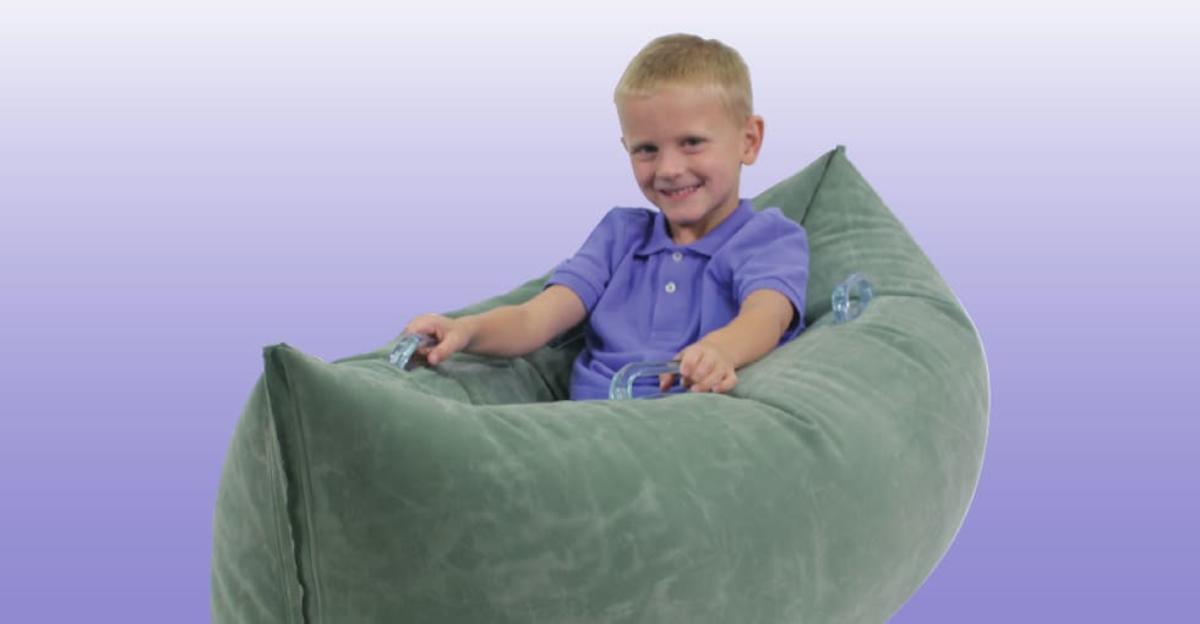
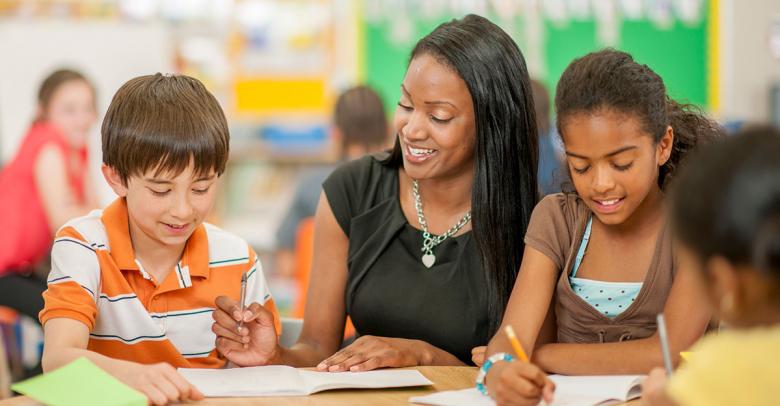
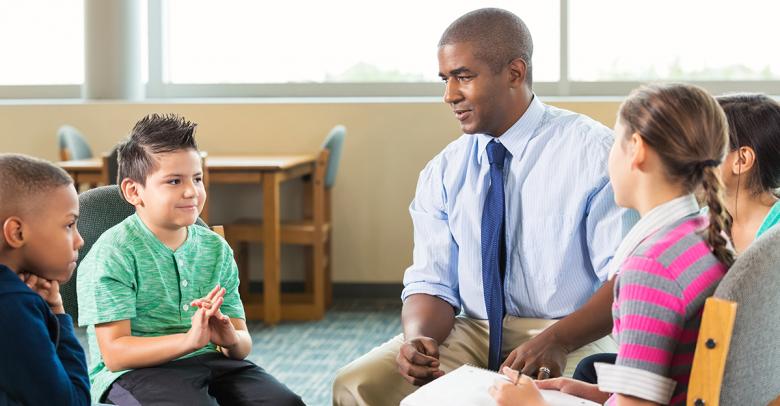
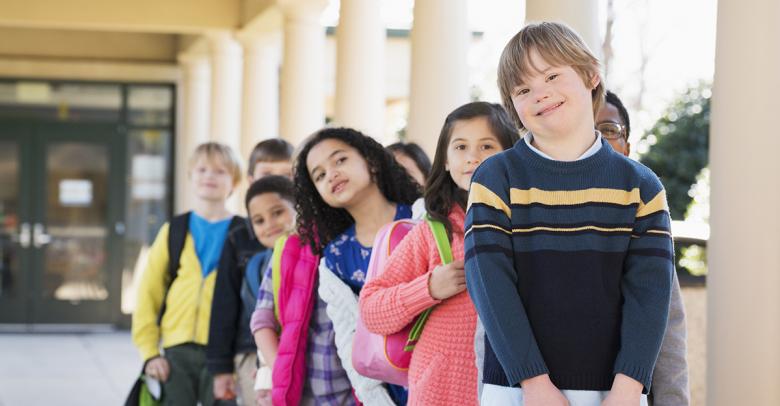
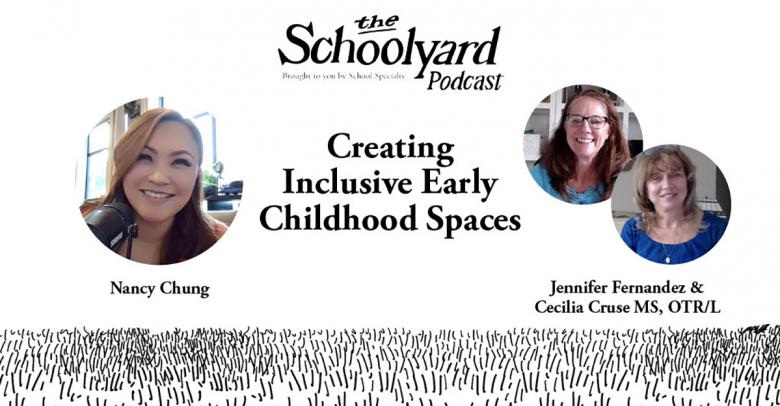
Leave a Reply